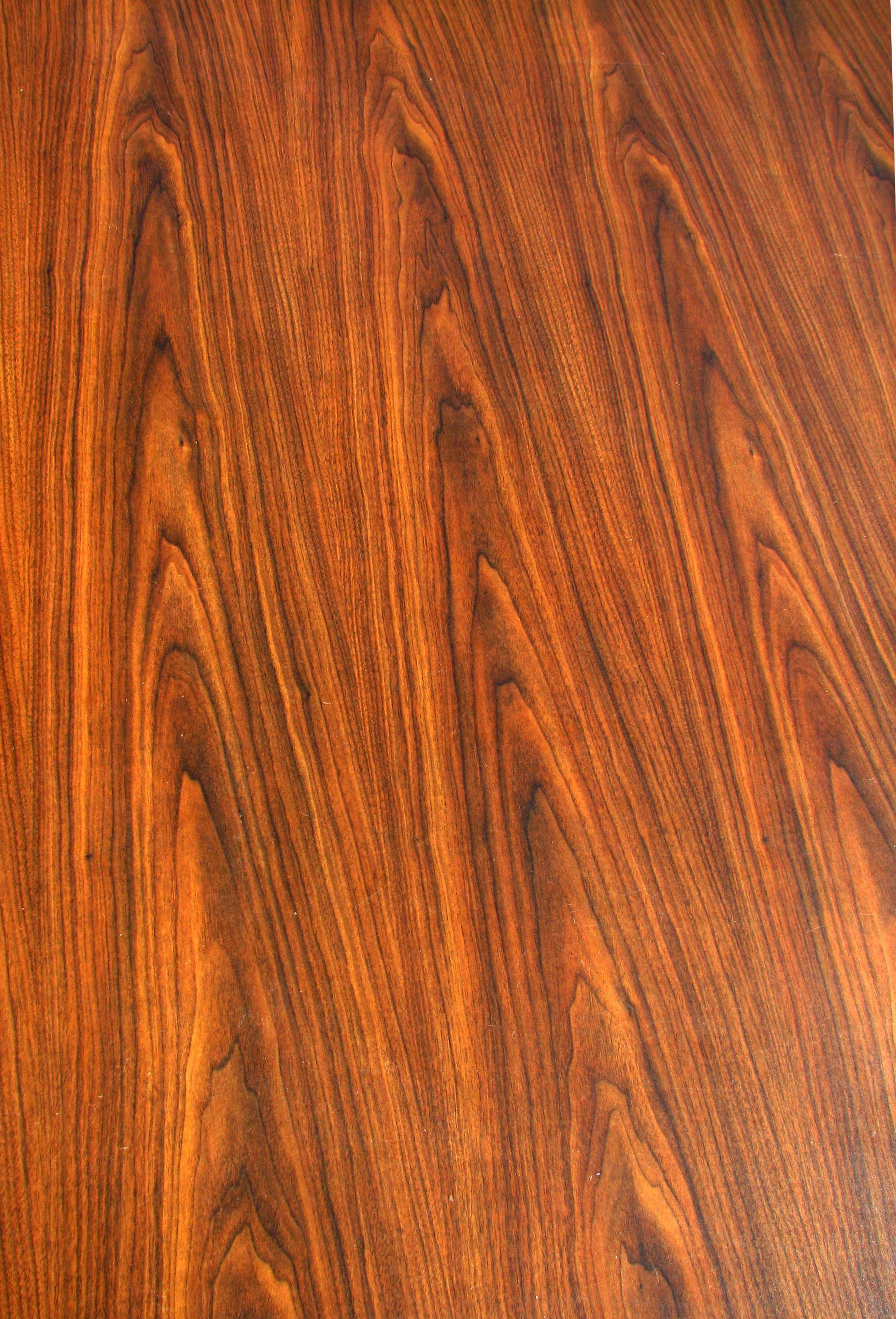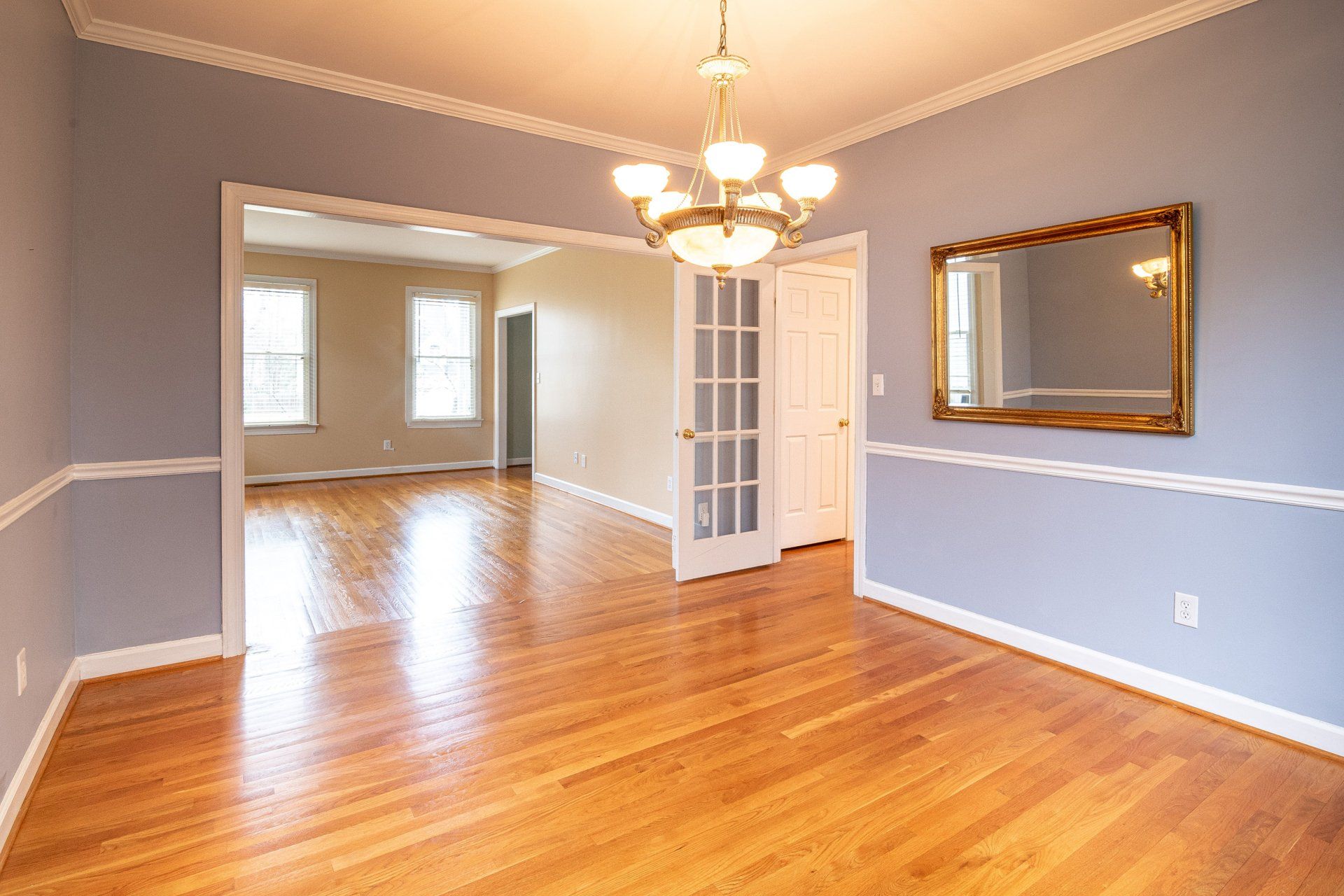How to Install Thin Brick Flooring
How to Install Thin Brick Flooring
Brick flooring is a durable and beautiful option for your home. Brick floors are often used in bathrooms, sunrooms, and laundry rooms. Brick floors should be made from real bricks that have been fired in clay. This will ensure durability over time and prevent cracking and chipping like fake brick tiles.
Once you've chosen your bricks and location, it is simple and straightforward to install them. These are the steps to installing your thin brick floor.
Step 1
A thin brick floor can be installed over a cement base or on top of an already installed cement board. Install your thin bricks on top of vinyl, tiles, or other floor surfaces. You will first need to remove any existing tile or flooring.
Clean your floor surface thoroughly. Clean the floor of dirt and dust.
Optional: If you're working with sealed cement or another non-porous surface, apply a bonding primer.
Step 2
For your flooring project, use a modified thin-set adhesive. Follow the directions on the package to mix your adhesive. Use a notched trowel to apply the adhesive using the flat side. Next, score and level the adhesive with your notched side. Start by removing a small section from the far end of the room. This will allow you to work backward without needing to step on bricks.
Step 3
Lay your thin bricks on the adhesive, and then press them down gently. To achieve an even spacing between bricks, if you are using loose bricks, place 3/8-inch tiles spacers between them.
Continue the process by spreading the adhesive and scoring it with your notched trowel. Finally, place your bricks on the floor until you are satisfied.
Pro tip: Use your trowel to remove any adhesive from the floor if you have to stop and take a break. It can be difficult to remove access adhesive that has dried on the floor.
Step 4
To cut the bricks, use an angle grinder or wet tile saw with a diamond blade attachment. You can place your cut bricks in the order you see fit, so you don't have a need to return and step on it after it has dried.
Step 5
Before grouting, allow your brick floor to dry for at least 24 hours. You can use Type S mortar or sanded grout to finish your project. Apply the grout using a trowel on top of bricks. Next, smoothen the grout with a large tile flopper to cover all joints.
The float will remove excess grout. After the grout has set, wait around ten minutes before you use a sponge to clean up the grout. To remove grout from brick faces, use a sponge with a bucket of water. As much grout as possible should be removed from brick faces as soon as it is still wet. It is much more difficult to remove grout once it has dried.




